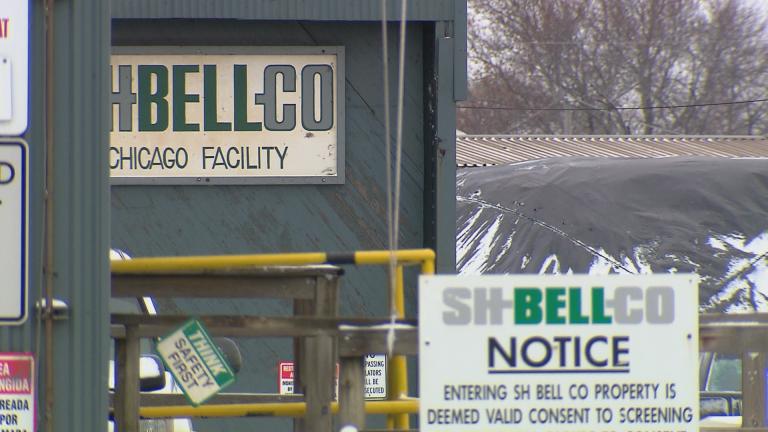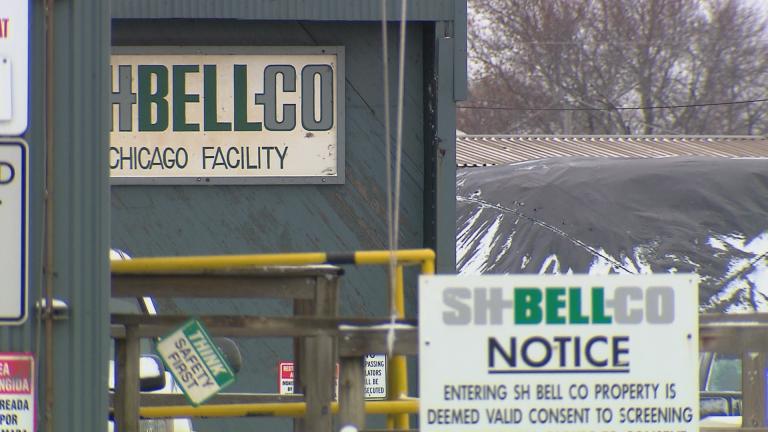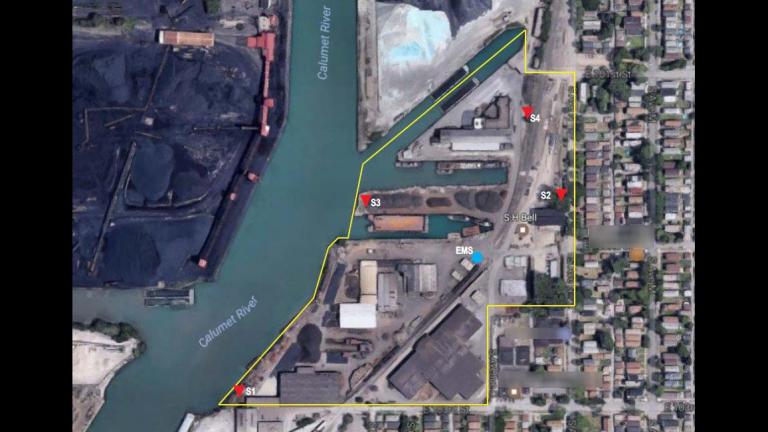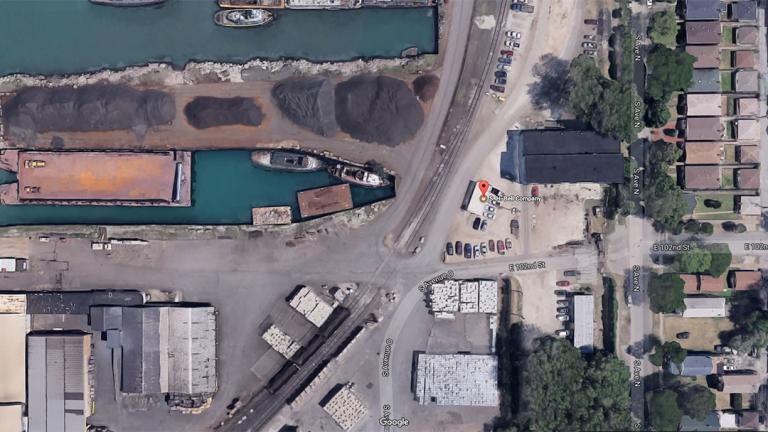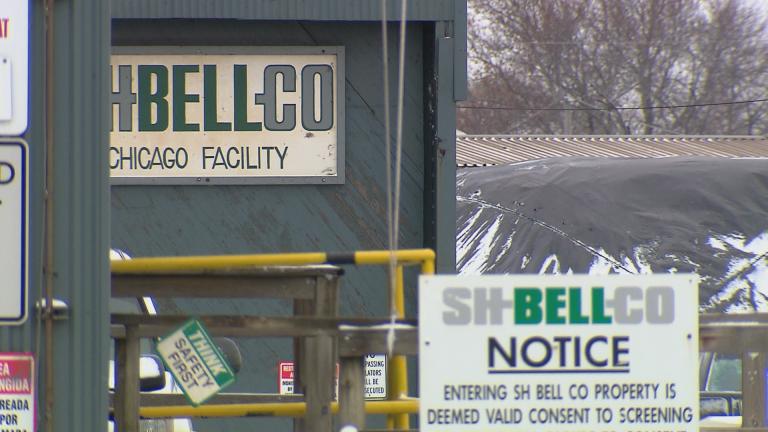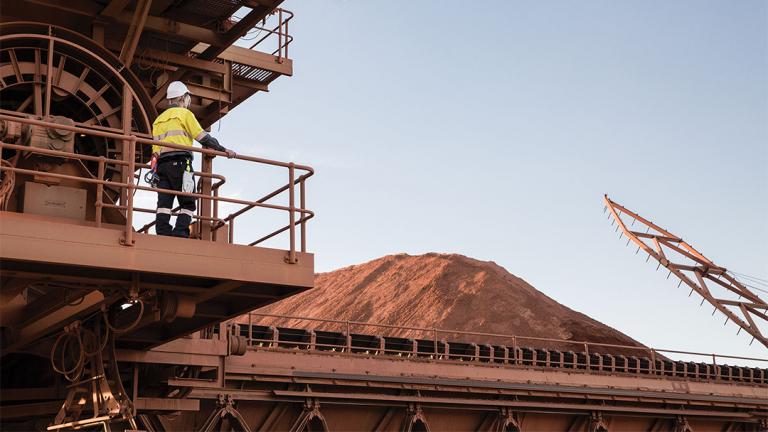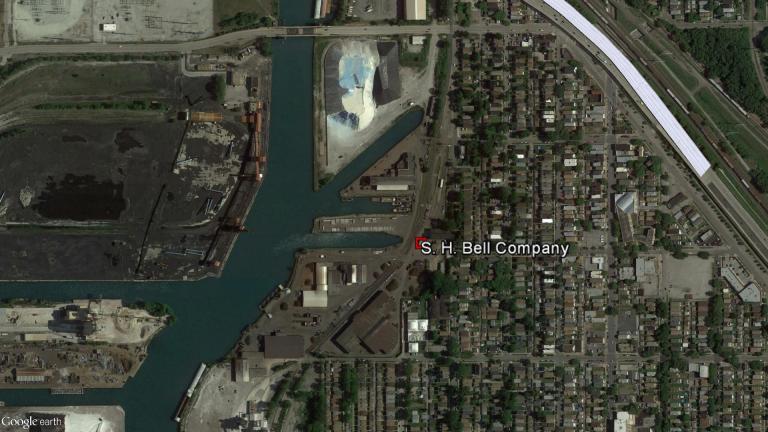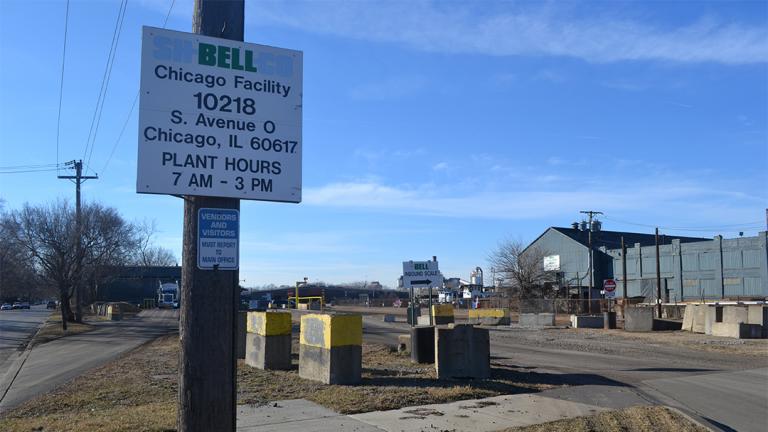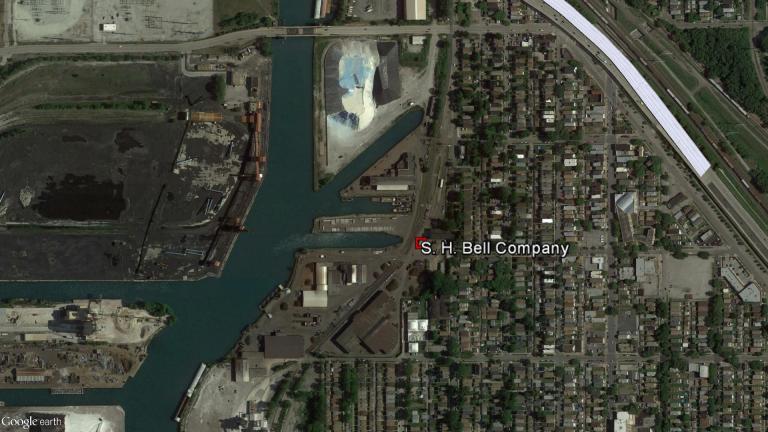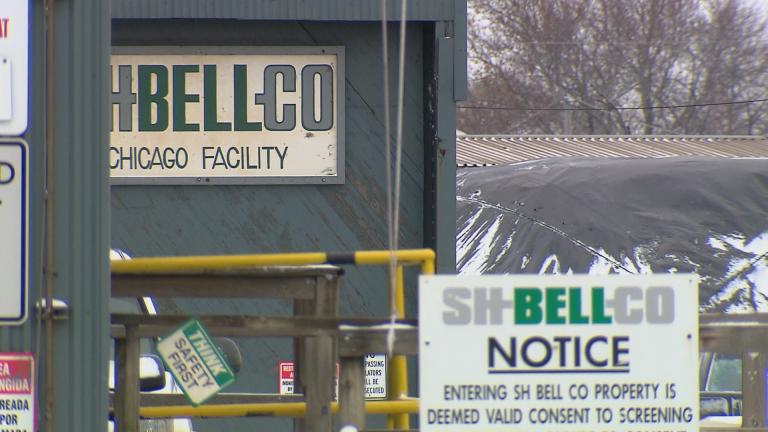A Chicago company has until Sept. 6 to submit a plan for reducing brain-damaging manganese dust that has been found nearby in a primarily low-income, minority neighborhood on the Southeast Side.
Southeast Side
The bulk storage operator on Chicago’s Southeast Side has exceeded a federal threshold for emissions of toxic manganese dust, according to new air monitoring data published by the EPA.
The city will monitor soil and air pollution near residents’ homes and begin increased inspections of industrial sites.
A Chicago neighborhood once permeated with black dust from uncovered piles of petroleum coke now faces another toxic pollutant, but one that is not as visible or widespread.
Chicago researchers are looking for lead, manganese and other metals that could affect lung function in children with asthma.
The Illinois senator is calling on federal environmental and public health regulators to conduct a new assessment of toxic pollutants in one of the city’s most industrialized areas.
Newly released data from air monitors on Chicago’s Southeast Side shows higher levels of manganese than previously recorded, prompting renewed calls for a ban of the toxic metal, which can cause nervous system damage at high exposures.
A community group has drawn up a plan to guide redevelopment of a heavily industrialized area in Chicago.
A newly released report shows additional sources of manganese dust on Chicago’s Southeast Side, where residents were already dealing with exposure to manganese and other pollutants.
Chicago’s top public health official said her department will examine an area on the city’s Southeast Side that faces exposure to manganese dust.
Federal limits for exposure to manganese might not be adequate to protect public health, says a Washington University neurologist.
Several advocacy groups are calling on Chicago to ban storage of materials containing manganese in residential areas following a 2016 study that revealed potentially harmful levels of manganese dust on the city’s Southeast Side.
A company on Chicago’s Southeast Side has 30 days to submit a revised plan to control the release of manganese dust, according to the city’s Department of Public Health.
A company under pressure from the EPA over potentially harmful emissions of manganese dust has met the agency’s March 1 deadline for installing air monitors at its Chicago facility.
Part 3 of our series examining pollution on Chicago’s Far Southeast Side
A group of Southeast Side residents and activists met Tuesday night to formulate a plan for confronting the latest threat of pollution in one of Chicago’s most industrialized areas.
Part 2 of our series examining pollution on Chicago’s Far Southeast Side
The carefully documented history of manganese emissions in a small Ohio city serves as a warning for those concerned about newly discovered manganese concentrations on Chicago’s Far Southeast Side.

